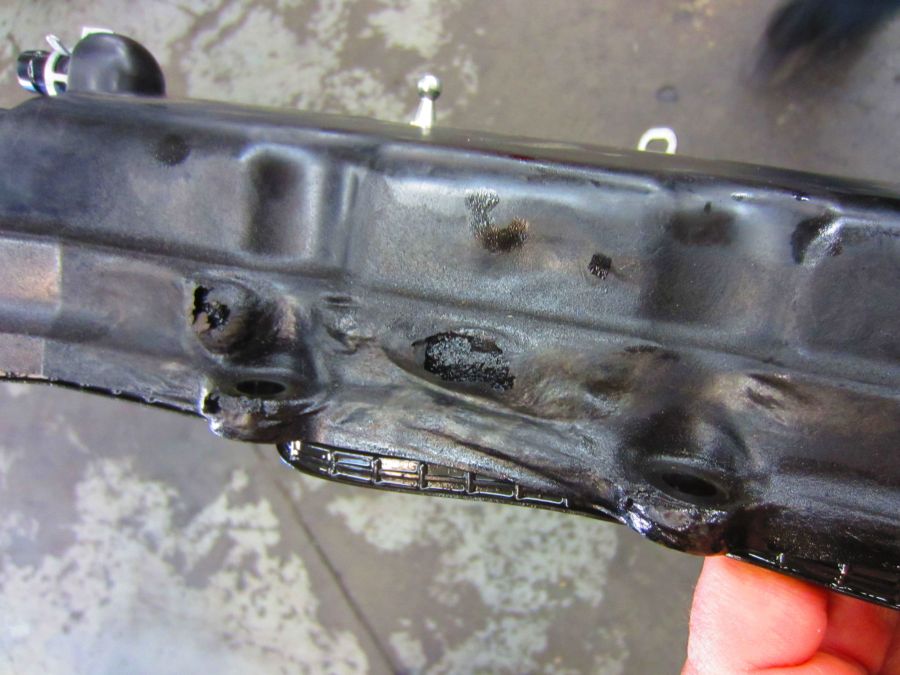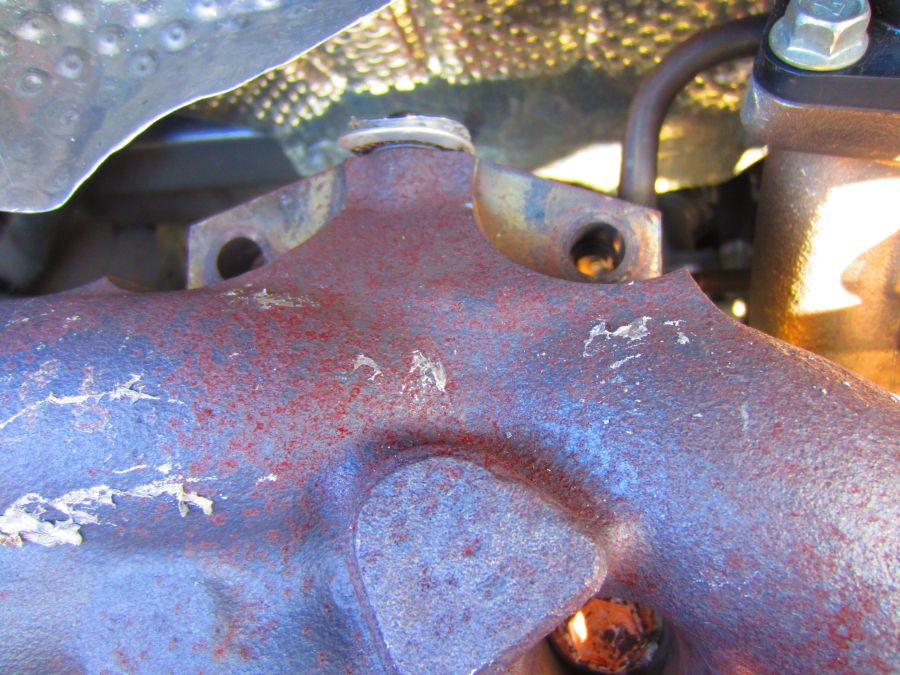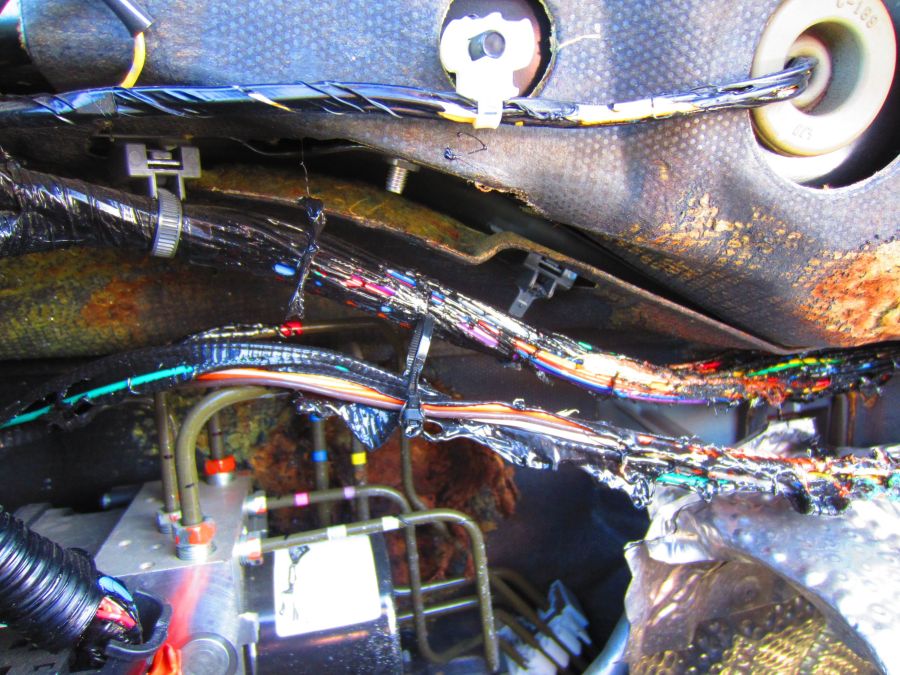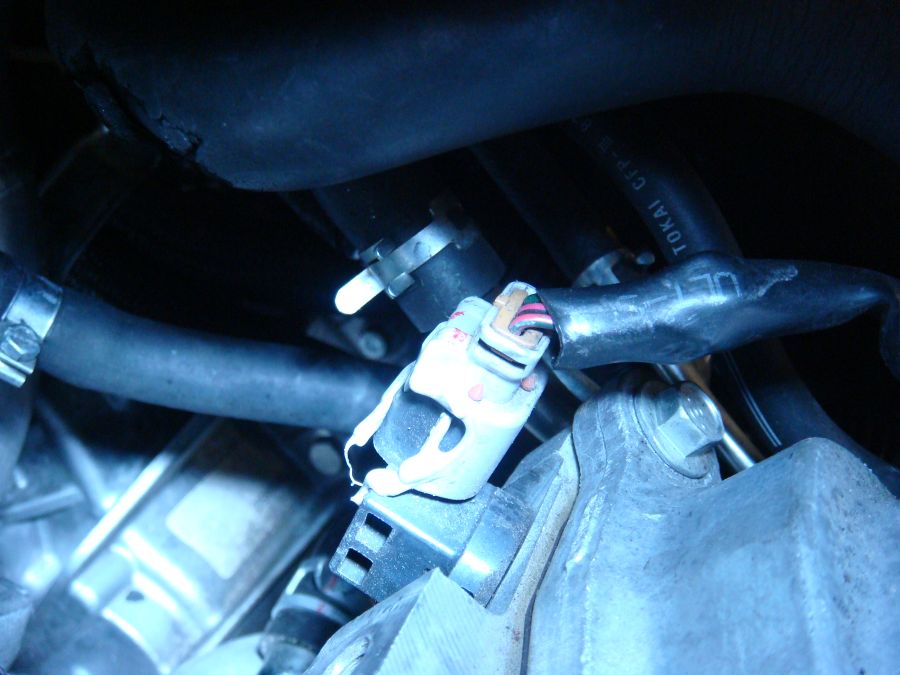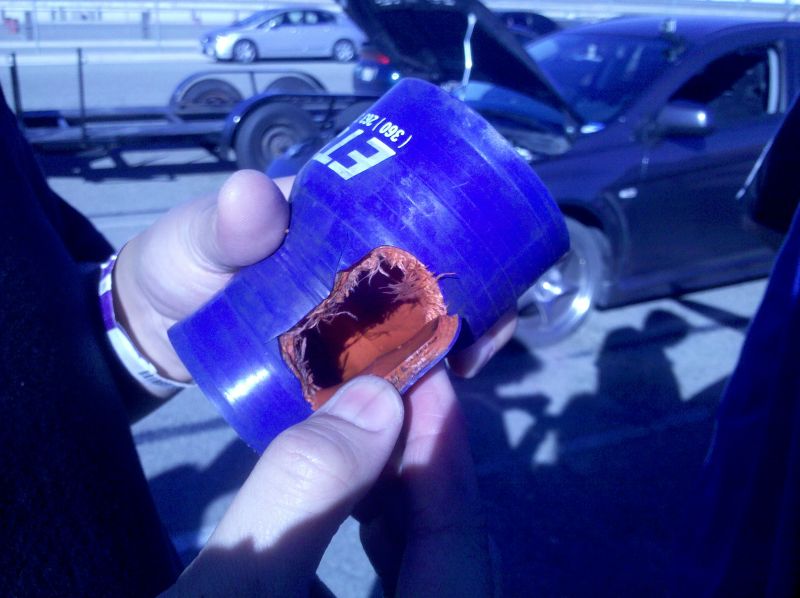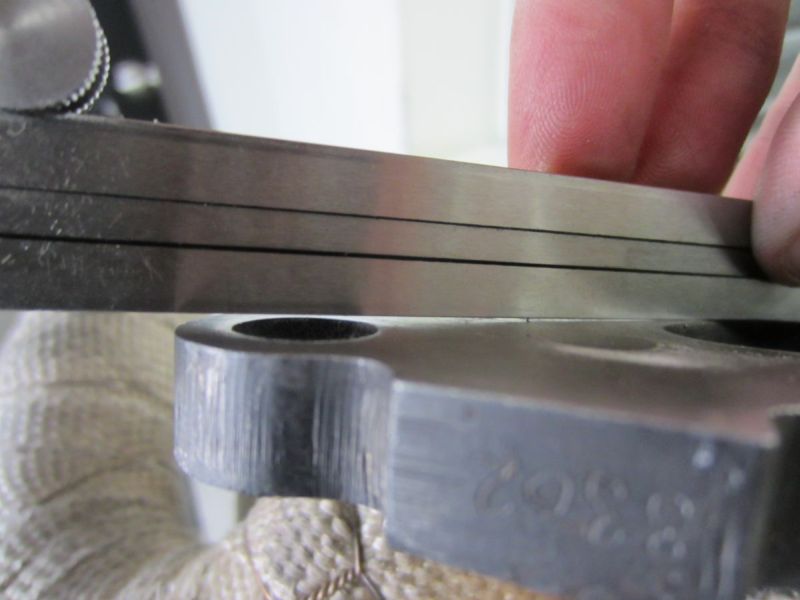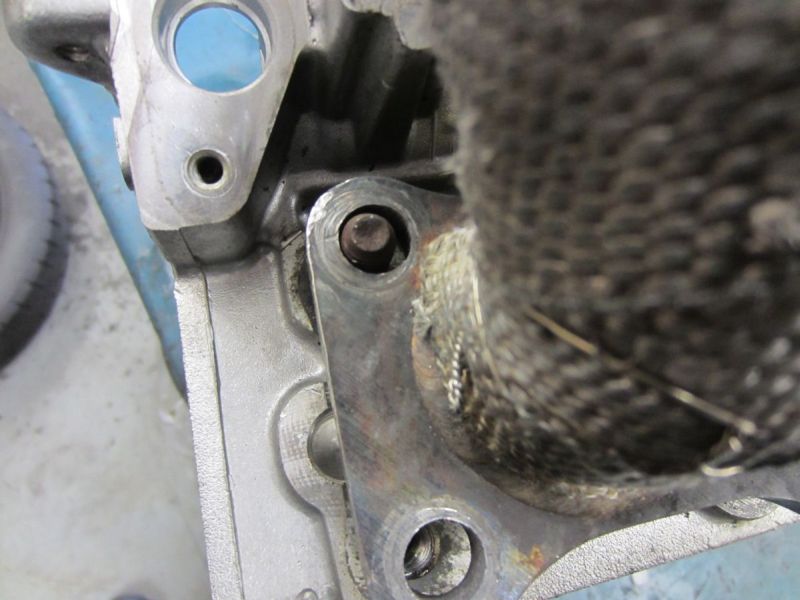X-Melt :-P
Watch your underhood temps with the EVO X. Mitsubishi had to move the turbo to the back of the motor with the EVO X to make it easier to pass the newer emissions regulations. This puts the catalytic converter closer to the turbo. Already in some European markets Mitsubishi had put a pre-cat in the down pipe of the EVO 9. While solving their cold start emissions problems, this makes for headaches for guys running track days, guys running large turbos and also concerns for people running headers.
Here are some heat failures we have run across lately:
Tubular headers with a plastic valve cover. In 2010 plastic valve covers started showing up on the 4B11 motors. Probably cheaper, they seemed to do the job well enough. They just don’t deal well with heat from a tubular header. We have seen three of these failures. Even when using the factory heat shield wrapped around the headers, if the heat can concentrate up through a gap near the valve cover it will melt.
Lose bolts:
This customer installed stock frame upgrade turbo came loose. The heat shooting out through the small gap at the flange burned a hole through the factory heat shield. Then it proceeded to melt the wire harness and seriously toasted the AMS pump unit. Hopefully the fuses that all blew protected the really expensive bits.
Cam Position Sensor Connector:
Tubular headers and even tracked stock manifold 4B11 can melt the connector to the exhaust cam position sensor. Make a little heat shield for it either before it melts or after it melts :-)
I/C Piping Couplers:
This high temp reinforced silicone coupler for the compressor outlet was fine for 3 months on the street but only lasted two 20 minute track sessions next to a tubular header:
Flanges:
This expensive equal length heat wrapped tubular manifold did about 6 track days before warping so bad that the exhaust leaks were wreaking havoc under the hood. Once pried off the head it couldn’t be put back on :-/
You have a choice of wrapping everything up to keep the heat in (which seriously cooks the turbo and manifold) or letting it run cooler and bake everything around the turbo and manifold. The best thing is to make sure all your bolts stay tight and watch for problems before they get too bad.

